Sbarro Super Twelve - 1982
The Super Twelve was presented at the Geneva Motor Show in March 1982. Until then, Franco Sbarro had been known mainly for his BMW 328 replicas and a few original models, such as the Windhound and Windhawk off-roaders and the Stash sports coupé. All in all, rather imposing cars. The Super Twelve, on the other hand, is surprisingly small, presenting itself as a concentrated sports car: twelve in-line cylinders developing 240 hp wrapped in 3.10 meters of polyester, and weighing just 800 kg.
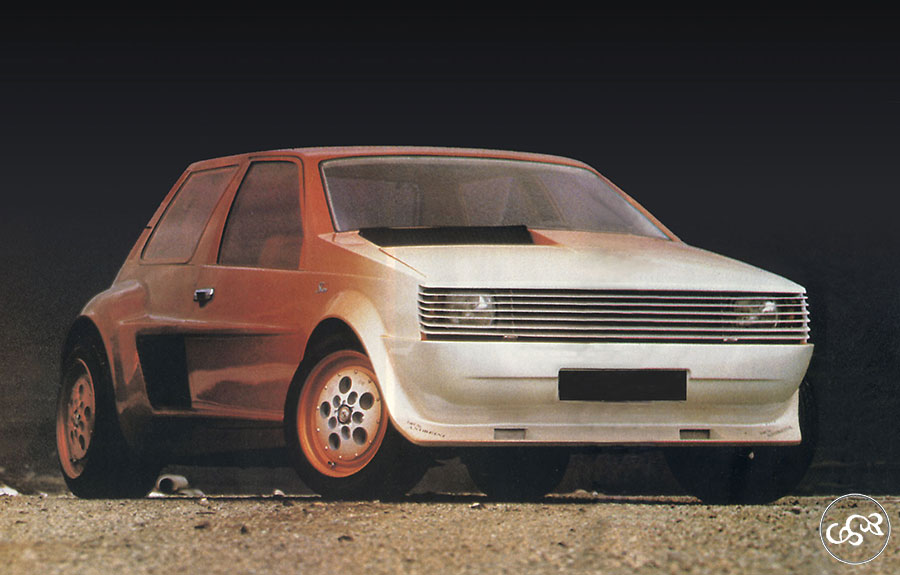
A ball of nerve
The Super Twelve has virtually
the same dimensions as an Austin Mini, with the exception of
its width: 1.75 m versus 1.40 m for the Mini. That's an extra
35 cm that doesn't go unnoticed! The aggressiveness is also
due to the transition from a very straight front-end design to
round shapes at the rear, reinforced by a gradient paint
finish (by Andréini). The wide side air intakes, as on the
Ferrari Testarossa to be released two years later, indicate
the presence of an engine placed in a central rear position.
The car is fitted with Gotti wheels (15" front, 16" rear) shod
with Pirelli P7. The slatted grille is typical of Sbarro
designs from this period. The rear lights, tinted body color
like the windows, are perfectly integrated, giving a smooth
appearance to the Super Twelve's stern: only the four chromed
exhaust tailpipes and the metal plate with ten holes
connecting them protrude.
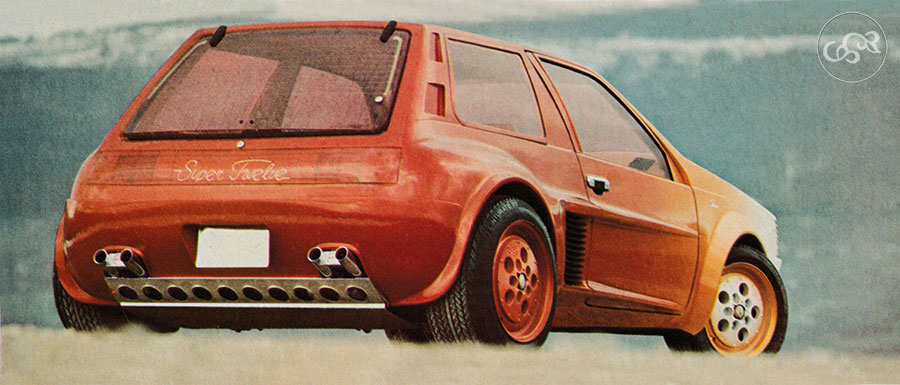
Rough but luxurious
The interior is entirely
covered in beige leather. The seats, Recaro buckets with
harnesses, are separated by a wide center console. The
high-end audio system is located on the ceiling, while a trip
computer is within easy reach of the passenger.
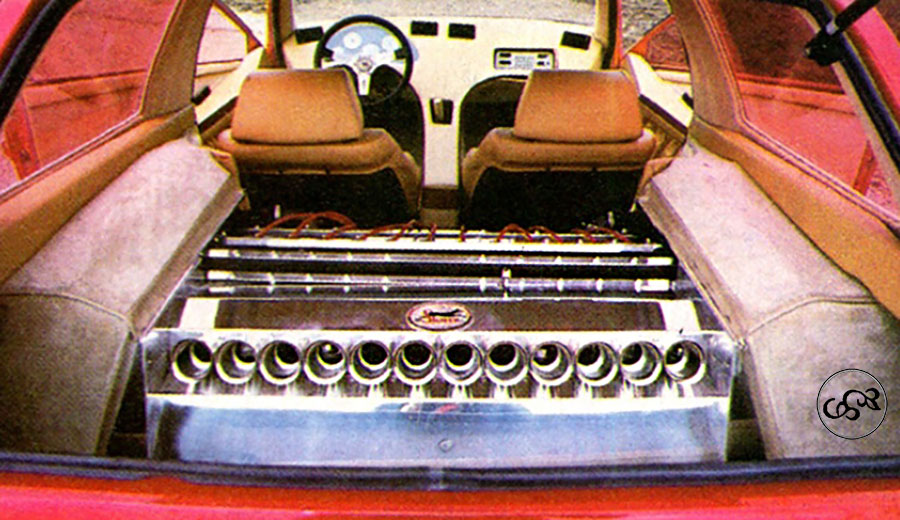
Not controllable
One-off, the Super Twelve with its distinctive engine is not a model of smoothness and proves rather difficult to master. Franco Sbarro would say that the engine lacked torque and that the low weight was too sensitive. That's why Sbarro, with the support of Bren Grohe, built a second model with a more conventional engine: the Super Eight presented in March 1984.Main sources
- 12-cylinder V engine (two Kawasaki 6-cylinder units)
- Approx. 240 hp
- Displacement: 2600 cm3
- Rear-center transverse position
- Rear-wheel drive
- 2 manual 5-speed gearboxes (one per engine)
- 4 disc brakes
- Weight approx. 800 kg
- length 3.15 m, width 1.75 m, height 1.30 m, wheelbase 2.20 m
- theoretical top speed 280 km/h

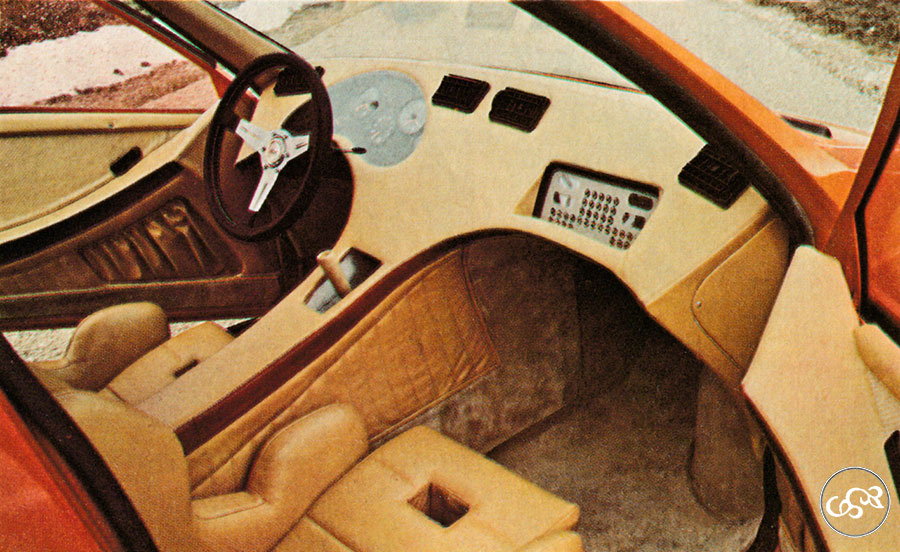
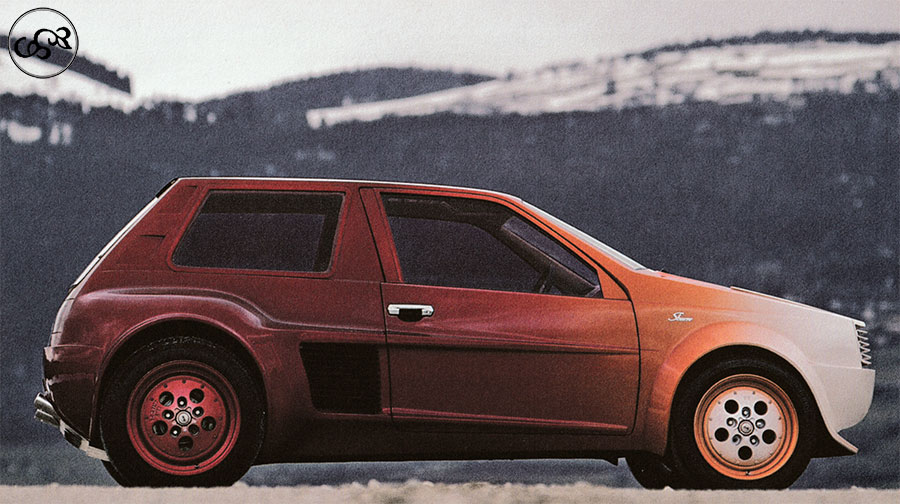
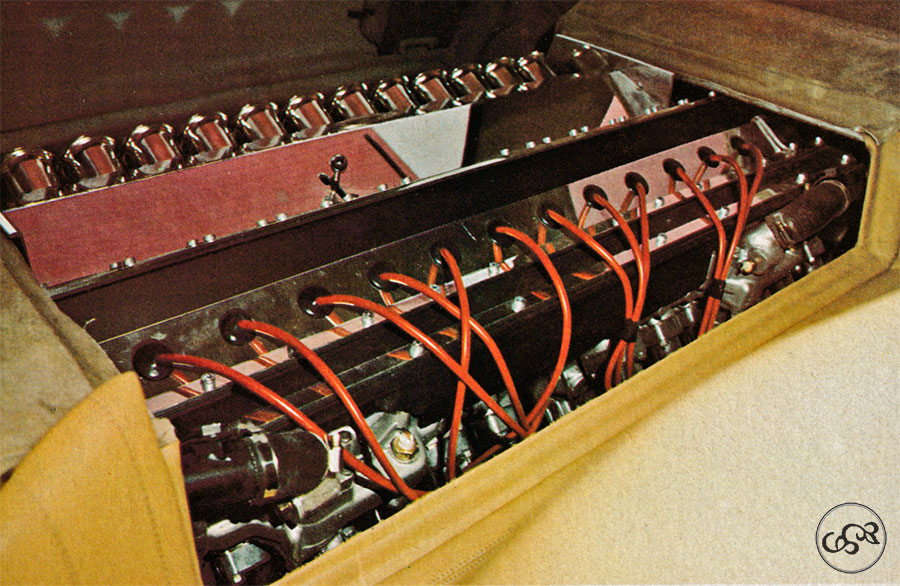
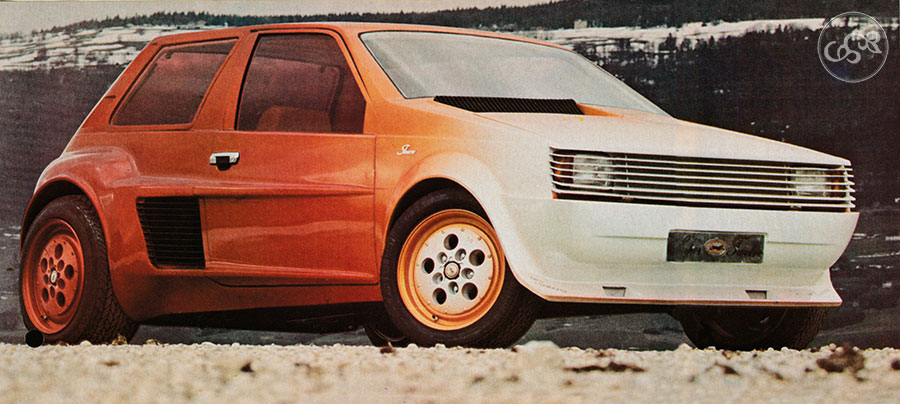
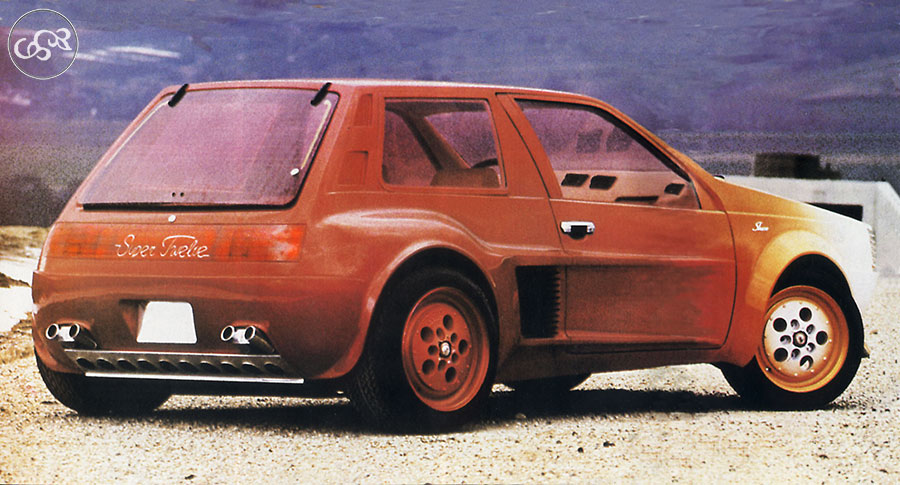
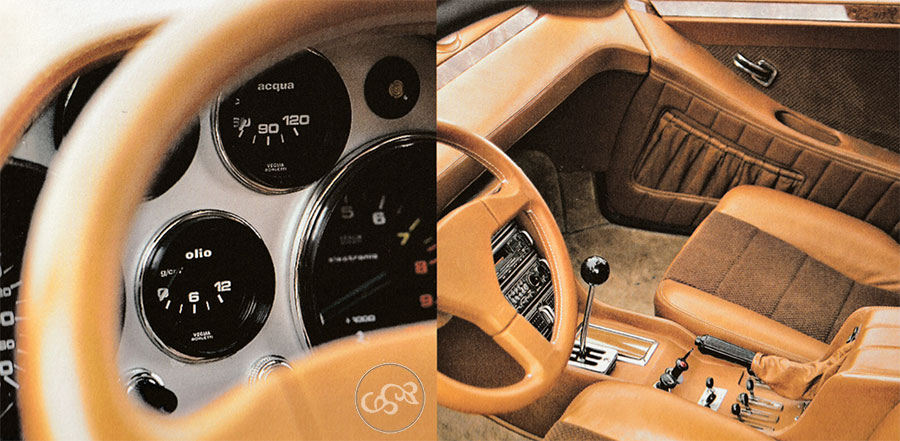
In brief
1- Small, luxurious but brutal to drive
2- A 12-cylinder engine formed from two motorcycle engines
3- A gradient paint finish that makes it instantly recognizable